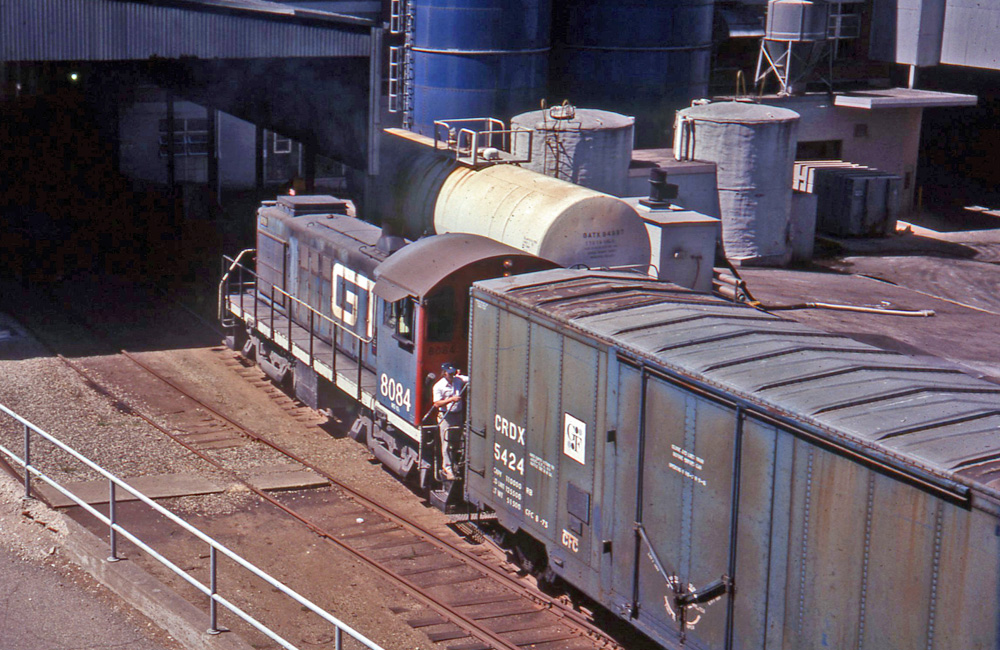
Q: Has Model Railroader ever done a feature on modeling a cereal plant such as Kellogg’s or Post? I’m building a 12″ by 10′-6″ shelf layout which will be entirely that one industry. But I’m not sure how best to lay out the various structures and car spots for covered hoppers, boxcars, food-grade tank cars, etc. – John Buckley, Montague, Mich.
A: Yes, we did. Check out the article “Switching for breakfast” in our annual special issue Model Railroad Planning 2014. (I hope you have that one in your back issue stash, because our warehouse is sold out.) In that article, authors Lawrence Bolton and Bill Neale presented room-sized N scale and HO scale track plans based on the Post Cereals factory complex in Battle Creek, Mich.
I’ve always found single-industry track plans fascinating. To support such a layout, an industry must of course be big and busy, receive and ship a broad variety of cargos, and ideally feature in-plant switching. The Post plant is a perfect candidate for this kind of layout. The massive complex is made up of dozens of buildings, silos, and storage tanks, with a dedicated 13-track yard and more than 80 car spots. Some buildings had “A tracks,” parallel second tracks where boxcars were loaded or unloaded via deck plates between cars.
When you think of what cargos might be received by a plant that makes breakfast cereal, grain, flour, sugar, and packaging materials are obvious. But the Post plant both receives and ships so much more. For many years, coal powered the complex. The plant has its own packaging factory, which received paper, cardboard, plastic, and wax, and shipped out finished packaging for other manufacturers in addition to that needed in-plant. The whole grains and processed flours received include white wheat, red wheat, rice, corn, oats, rice, grits, and bran, each requiring its own dedicated car spots, unloading mechanisms, and storage silos. Sweeteners come in as liquid sugar, corn syrup, and granular sugar. Other car spots receive raisins, nuts, cooking oil, food coloring, preservatives, other flavorings and additives, and occasional boxcars of replacement machinery.
In addition to shipping out finished cereal and packaging materials for other customers, the leftover byproducts of grain processing are packaged and shipped as animal feed. The plant also makes Tang drink mix.
Depending on the era you model, your mix of both cargos and cars will change. In the steam and steam-to-diesel transition era, grain was shipped in boxcars that were unloaded by hand. Flour and sugar were packaged in sacks that were moved by boxcar. In the 1960s, covered hoppers started carrying such ladings. Some boxcar loading doors, originally spaced to serve 40-foot cars, were boarded up in the ’70s to allow spotting of 50-footers at the remaining doors. In the 1970s, use of coal to power the complex was phased out. Rail traffic peaked in the 1970s, when the plant was served by Grand Trunk Western (using Alco switchers) in the first and second shifts and Penn Central overnight (with an ex-New York Central Geep). After that peak, more cargos – particularly finished products – began to be handled by trucks.
Modeling a cereal plant will require a variety of nondescript brick factory and warehouse buildings. The factory should still provide plenty of visual interest, though, with lots of grain silos, storage tanks for oil and sweeteners, grain elevators, and smokestacks. The buildings should be connected by a plethora of conveyors, pipes, and overhead bridges. To facilitate switching, the many sheds and awnings that protect the cargos during loading and unloading will have to be omitted or made removable.
To see how the buildings and tracks are arranged on the prototype, check out the satellite imagery on Google Maps. For a couple of ideas of how you could turn the Post Cereal plant into a model railroad, check out our Track Plan Database for the HO scale and N scale plans we published with that MRP2014 article.
Breakfast – it’s the most important meal of the day!
Send us your questions
Have a question about modeling, operation, or prototype railroads? Send it to us at AskTrains@Trains.com. Be sure to put “Ask MR” in the subject.







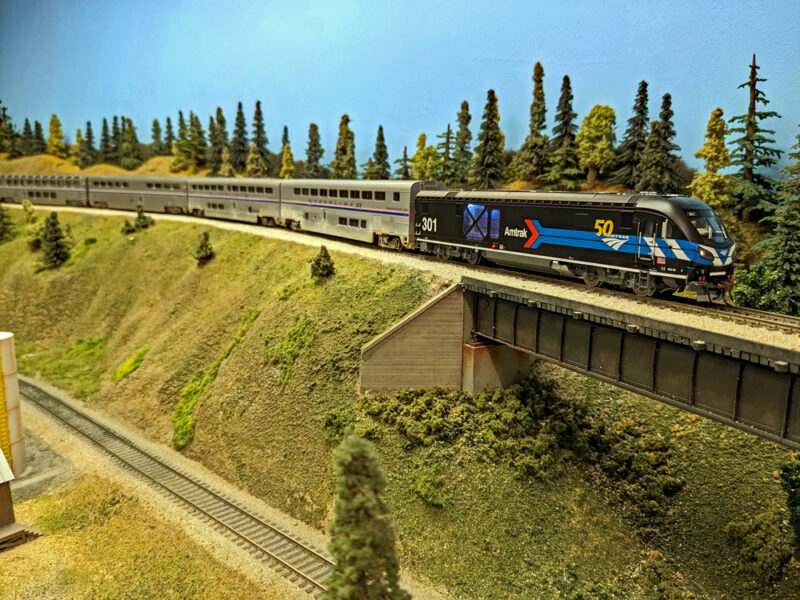
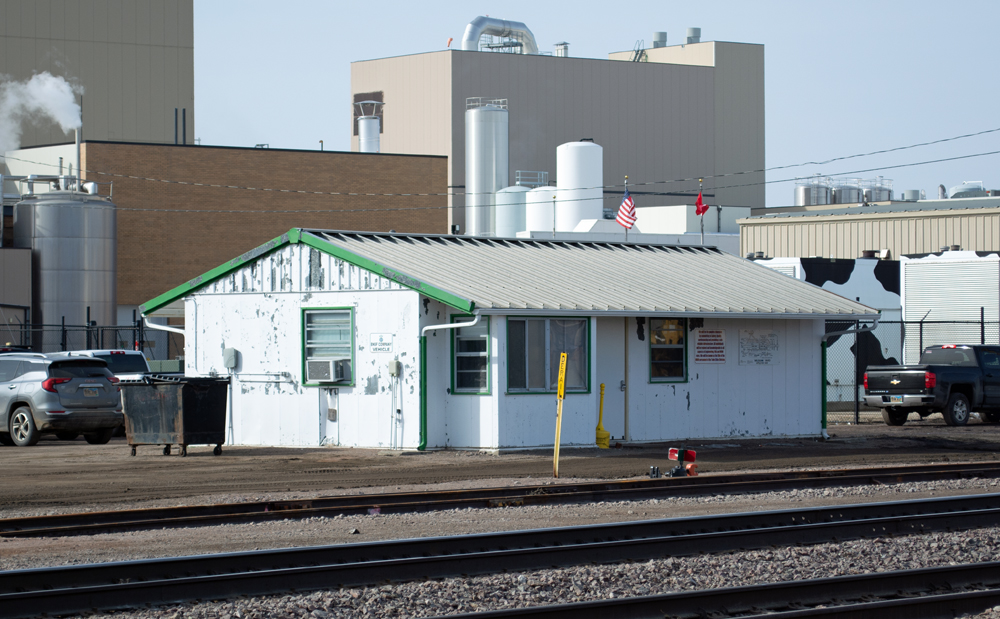
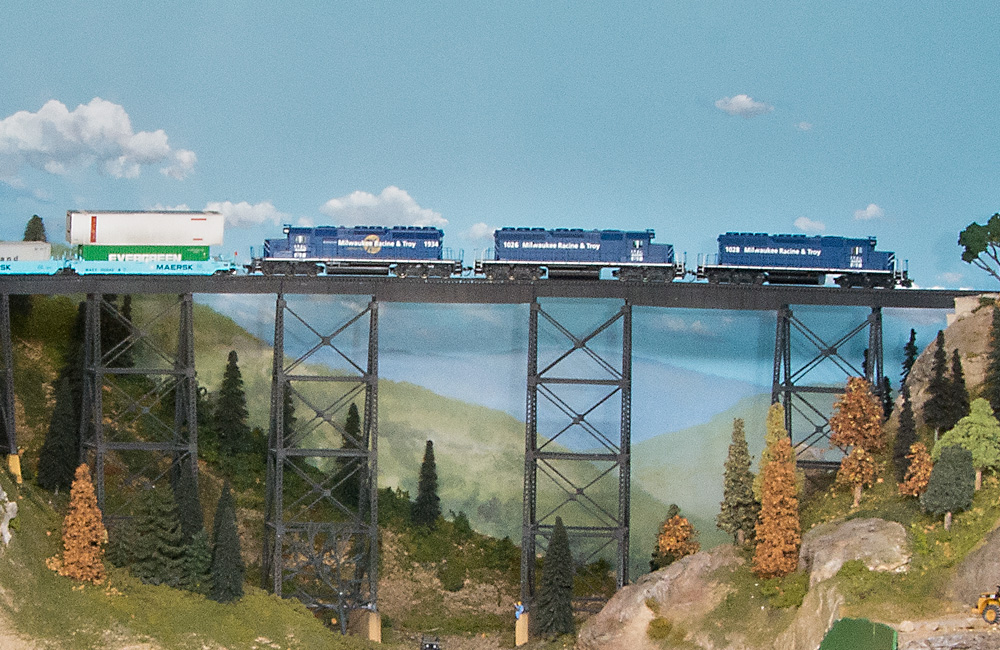
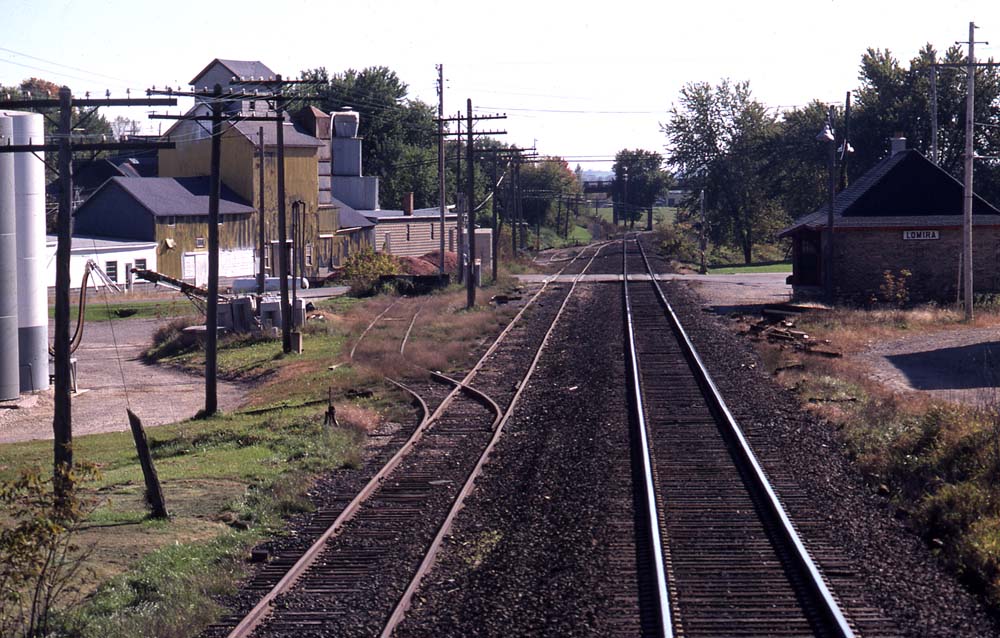




I read the article in MR 3/23 on the cereal plant modeling at Ask MR. I tried to find the article: “Switching for Breakfast” referenced in Ask MR from the 2014 Model Railroad Planning from your MR archive, special Issues, but could not bring it up.
I am a Trains .com subscriber. How do I get this article?